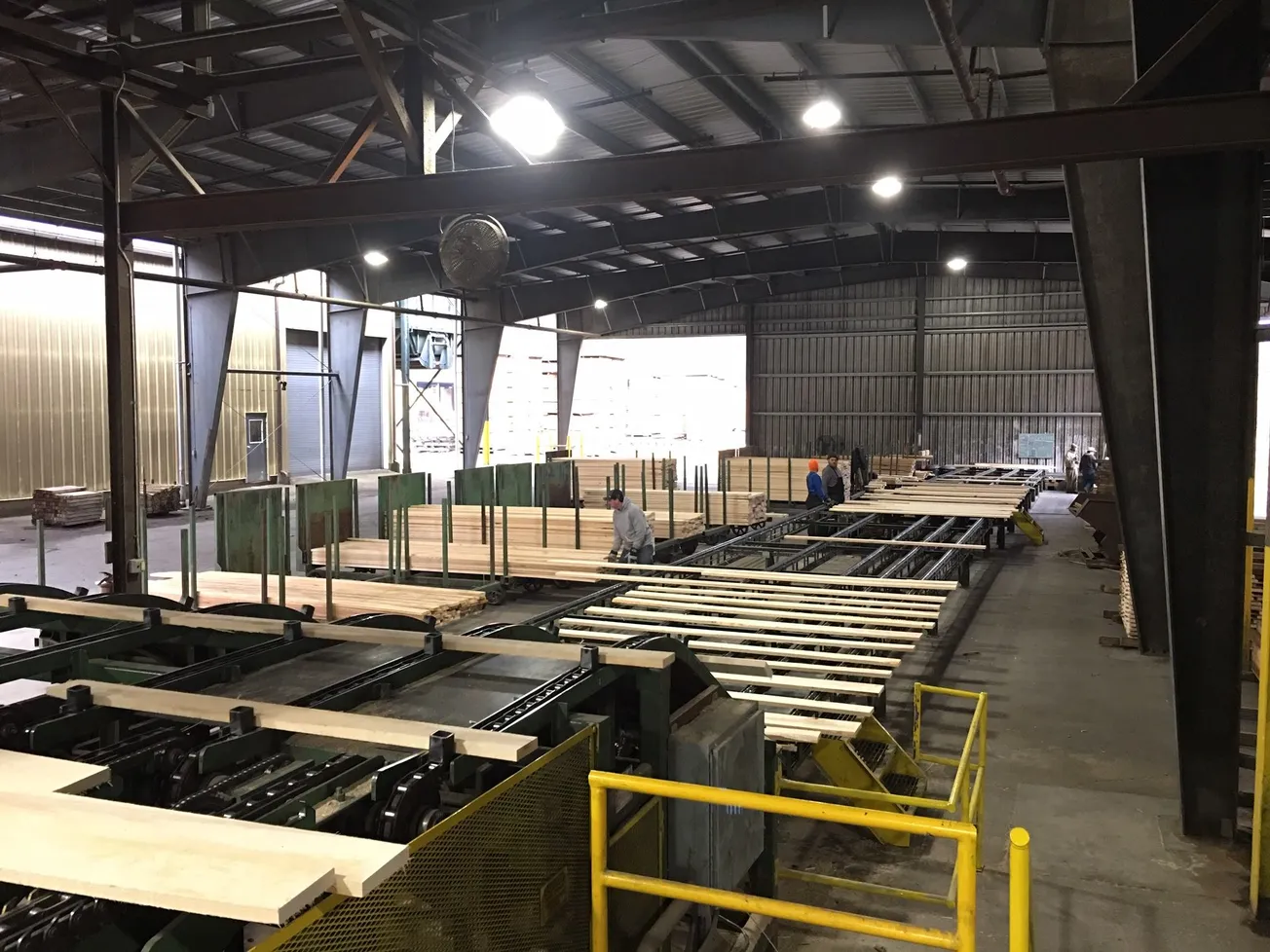Table of Contents
As anyone working in the softwood industry would agree, 2018 was a predictable and uneventful year.
Bet that got your attention. In reality, few industries experienced the levels of turbulence that softwoods, and in particular western red cedar, did.
Last year the industry was rocked by a number of factors including tariff-inflated prices, distributor consolidation, just-in-time inventory, and inventory management issues, to name a few. An additional change on the horizon is the advent of the “Amazon model” of purchase and delivery, whereby consumers order online and accept delivery sight-unseen. While this hasn’t become the norm for large WRC orders, it’s common for many building products and is changing consumer behavior.
The biggest disruption to the softwood market, however, is the growth of composite competitive products. Substitute products have increased in popularity over the years due to improved performance, closer price parity, and heavy advertising and promotion. There is also a growing misperception that these products are environmentally friendly because they use recycled materials, and that they require little or no maintenance.
As the voice and advocate of the western red cedar industry, the Western Red Cedar Lumber Association is addressing these issues and working to mitigate changing consumer behavior and competitive threats, all with the goal of keeping WRC top of mind with consumers and professionals, and continuing to keep member manufacturers, distributors and retailers busy.
The association employs a targeted, multi-platform approach that includes print and tv advertising, online, product placement, outreach, and social media; the latter of which has seen exponential growth over the last few years. The WRCLA utilizes tracking and data analysis from social media platforms and websites to target potential customers and specific groups that are most likely to be planning a renovation or project, or considering buying building materials, with a high degree of accuracy.
By understanding who the audience is, and what their attitudes are to subjects like material price, natural versus composite, or how easy it is to install, for example, content can be tailored to each platform to address interests or concerns and dramatically affect results.
This approach grew web traffic from social media platforms 402% in 2018, and has resulted in over half a million site visits, and almost one million page views. More significantly in terms of cedar sales however, is that of these visitors, a high percentage then went to the retailor locator to find a member retailer.
Growing awareness of WRC has always been key to staying competitive, and the association employs a number of tactics. Last year they negotiated several product integration opportunities to expand their audience. One in particular with This Old House resulted in WRC featuring prominently in high-value applications in their 2018 Idea House in Narraganasett, R.I. In exchange for materials, Real Cedar was promoted in a 17-page magazine feature in the November 2018 issue, on their social media platforms to their 3.5 million monthly followers, online, and in the upcoming spring 2019 national TV episode of the show.
The WRCLA also targets influencers like the architectural community, both by creating Continuing Education Unit courses, learning sessions, and outreach.
Their involvement with this group resulted in the 7,210-seat CHS Field in St. Paul, Mn., being clad in WRC. Designed to be the greenest ballpark in America, the stadium uses cedar extensively for its appearance, durability and acoustic properties, and the wood is the exterior’s central visual feature and most striking characteristic. Were it not for the influence of WRCLA field reps and members, the project would be clad in an alternative product.
By advocating for western red cedar and providing extensive education and consultation on installation and grain orientation, the decision was made by CHS Field’s owners and their architectural firms to use real cedar. As a result, the stadium is a visual showcase, and has been awarded by the American Institute of Architects for its excellence in architecture, interior architecture, and urban design.
Although the market is changing and almost impossible to predict, the WRCLA is able to adhere to a strategic communications plan but act in a proactive and nimble fashion to leverage market opportunities and keep the Real Cedar light on for consumers and professionals, and member manufacturers, distributors and retailers.
Established in 1954, the WRCLA has members in over 131 locations throughout North America.






